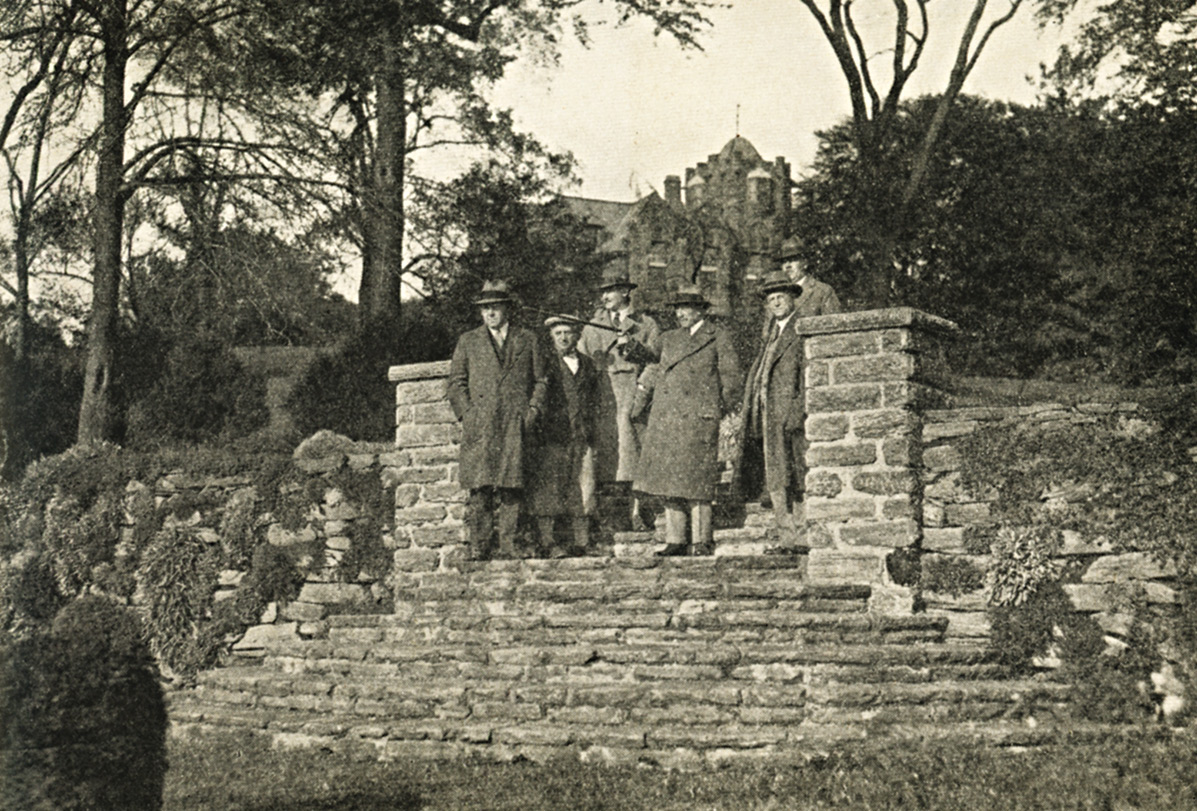
Celebrating 90 years open to the public, Morris Arboretum and Gardens’ original roots go back to 1887 [“Birthday Blooms,” this issue]. In that year, siblings John and Lydia Morris, children of a wealthy Philadelphia family, purchased a plot of barren farmland in Chestnut Hill and began cultivating the soil to prepare for their summer home, called Compton. They filled the grounds with collections of exotic and native trees and shrubs from their travels around the globe. By 1914, they had bought enough adjacent parcels to amass more than 166 acres.
“The Thorn apples are bewildering in their variety and striking in their beauty,” Gazette editors wrote in the May 15, 1933, issue, “while the Japanese cherry trees, the magnolias, the golden oak, the turkey oak, the huge old ash near the greenhouse, the magnificent weeping beech which stands near the residence, the sour gums, Chinese elms, yews, and the rare Davidia from Western China, are among a host of trees which excite admiration.”
John added several architectural elements to the estate, including what is now the last remaining freestanding Victorian fernery in North America. When he died in 1915, he left the estate in trust to his sister Lydia, with the understanding that the land would eventually become a public garden and school for horticulturists.
In 1931, University President Thomas S. Gates W1893 L1896 Hon’31 called upon Lydia to discuss the possibility of using their land for field study for Penn’s botanical department. (Penn was one of the first schools in the nation to appoint a professor of botany—Adam Kuhn in 1768.) Lydia went beyond simply granting permission for students to use the facilities. When she died the following year, she bequeathed her estate to Penn for botanical research and public use.
At the dedication ceremony in 1933, Rodney True, chairman of the University’s botany department and first director of Morris Arboretum, declared, “As we stand here today on this hilltop among the trees and shrubs that other hands have assembled here, we see present beauty. We see a home of beauty-loving people. As we look into the future, we see no less beauty—rather more of it—but we see here a place where Science is striving for a fuller vision of the truth.” —NP

